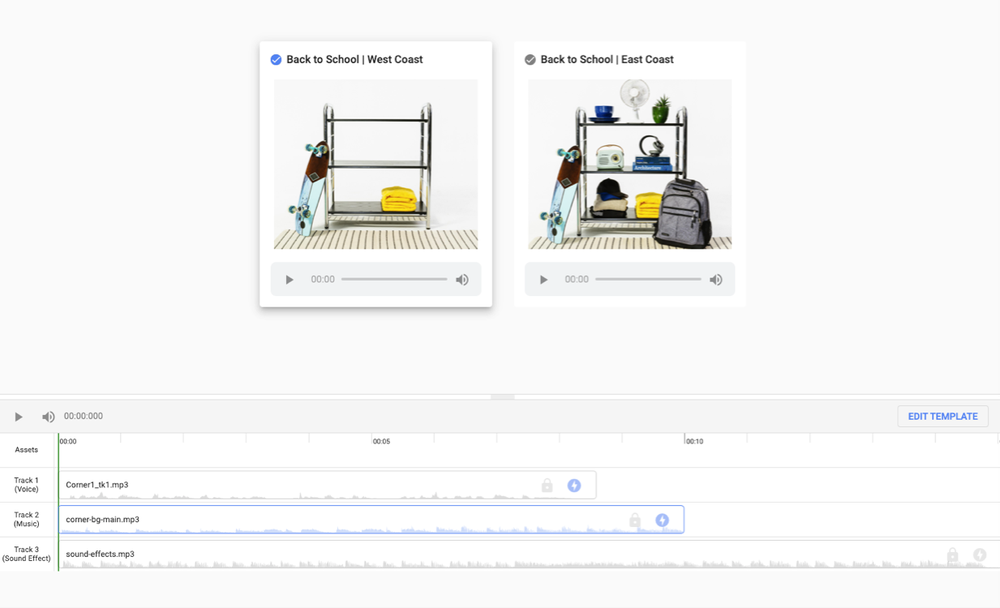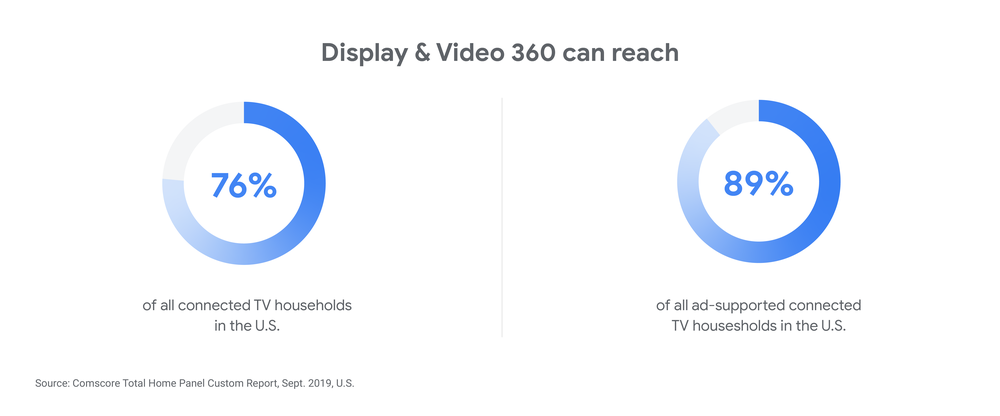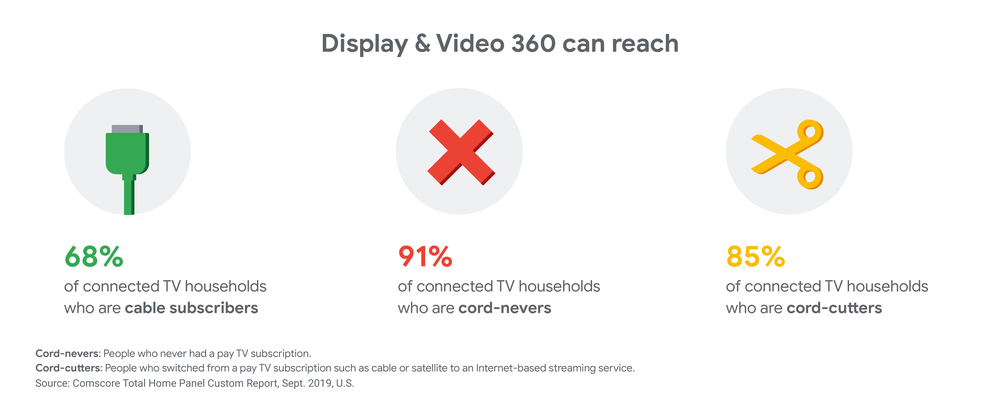With total streaming usage taking 36% of overall TV share, you can be sure to find your audience on connected TV (CTV). We’re committed to helping you deliver high quality ad experiences to all streamers by bringing the best of digital ad technology — like delivering the right message to the right audience — to the TV screen. That’s why earlier this year, we introduced Google Audiences to CTV campaigns in Display & Video 360.
Successful businesses lean into existing customer relationships and the information they willingly share to drive performance. This information, known as first-party data, can be the basis for privacy-preserving, future-proofed ways to connect with customers. Today we’re announcing new features to let you reach your first-party audience on CTV devices and automatically find more users who look like your core audience.
Engage with people you know as they watch CTV in the U.S.
First, we’re making it possible for you to engage with your first-party audiences on connected TV devices. Now, when you select a first-party audience list for your Display and Video 360 campaign, the list will automatically be eligible to reach your most engaged customers as they stream connected TV content. This is an easy and effective way to ensure you reach people who already have a connection with your brand, on the device that they are using at the moment.
Let’s say you’re a cosmetic brand preparing for the holiday season and want to build on the direct relationship you have with customers who have downloaded your app. With Display & Video 360, you can now reach this first-party audience as they’re streaming their favorite shows on Disney, Tubi, or other premium publishers.
It’s easy to benefit from this new capability. All you have to do is select and add your first-party audience to your insertion order or line-item, in the same way you would have done for web and mobile devices. Display & Video 360 will automatically start reaching people who have an existing relationship with your brand when they are watching on CTV. This feature is available now to all advertisers in the United States, you can learn more about how it works by visiting our help center.
Reach more streamers similar to your first-party audience around the world
Once you have engaged with your first-party audience, reaching additional people who have similar behaviors or characteristics to your core audiences helps you boost campaign performance.
We are also launching audience expansion for CTV. Audience expansion makes it easy to reach more people that matter to your business and achieve your marketing goals. By utilizing contextual and geo signals, Display and Video 360’s algorithm will create a model to find CTV streamers who are similar to your core audience.
Let’s go back to the example of the beauty brand trying to reach relevant seasonal shoppers. You could now apply audience expansion to your first-party audience and show CTV ads to streamers who are similar to those who have downloaded your app.
You’ll be able to activate audience expansion across all regions globally in Display and Video 360 early next year via controls available in Display & Video 360’s TV insertion order.
These new features are just some of the ways we’re helping businesses connect with their most engaged audience while respecting people’s privacy. As we invent fundamentally new audience solutions, we’ll ensure they seamlessly work on CTV and allow you to make the most of the streaming boom.




